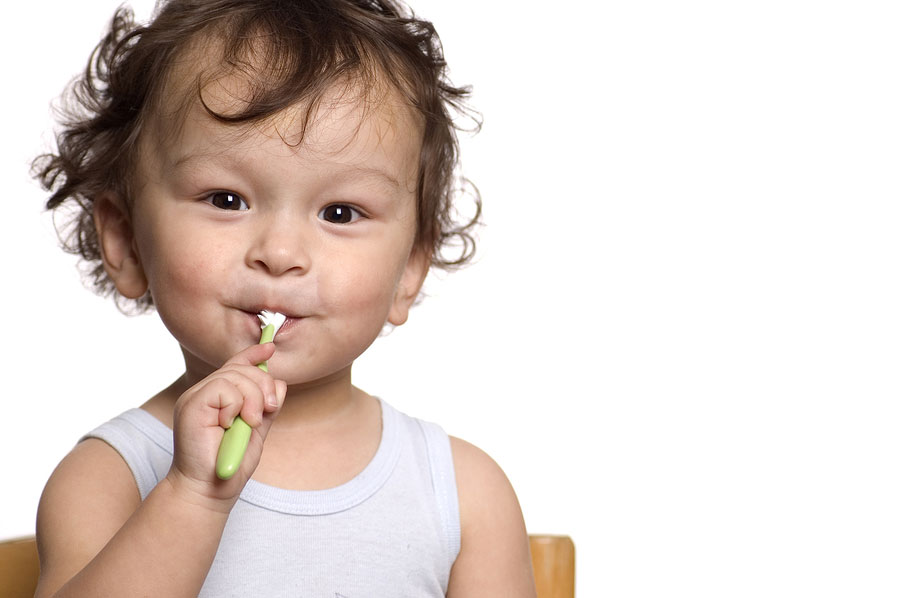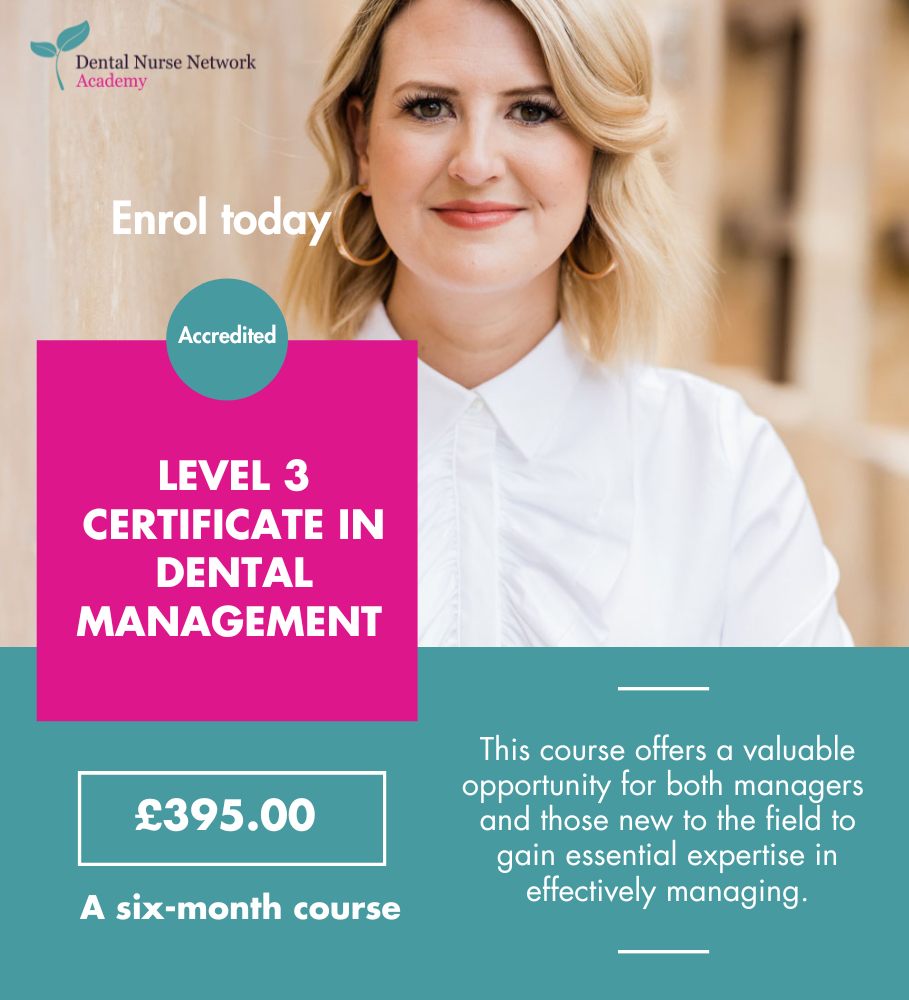 Most babies will get their first teeth through at around 6 months of age. However, this can vary widely between babies, with some getting them as early as 3 months of age and some after 12 months. Whilst it is rare, some babies even have teeth at birth.
Most babies will get their first teeth through at around 6 months of age. However, this can vary widely between babies, with some getting them as early as 3 months of age and some after 12 months. Whilst it is rare, some babies even have teeth at birth.
Here is a rough guide to the different stages of teething:
- Bottom front teeth (incisors) – these are the first to come through at around 5–7 months.
- Top front teeth (incisors) – these come through at around 6–8 months.
- Top lateral incisors (either side of the top front teeth) – these come through at around 9–11 months.
- Bottom lateral incisors (either side of the bottom front teeth) – these come through at around 10–12 months.
- Molars (back teeth) – these come through at around 12–16 months.
- Canines (towards the back of the mouth) – these come through at around 16–20 months.
- Second molars – these come through at around 20–30 months.
(NHS Choices, 2014).
The World Health Organisation (2016) recommends breastfeeding if possible for up to 2 years of age or beyond, with complementary foods added from the age of 6 months. Currently, no evidence suggests that breastfeeding is bad for a baby’s teeth when they come through.
It is important to keep baby teeth as healthy as possible as soon as they start to cut through. Avoiding cavities is really important in preventing the loss of a baby tooth too early. Whilst baby teeth will eventually be replaced with permanent adult teeth, they still play a huge role in a child’s development by helping with chewing and speaking. Baby teeth also hold the space for when the permanent teeth are ready to come through. When a baby tooth is lost too early, permanent teeth can come through misaligned or overcrowded. This can result in the need for extensive orthodontic correction in the future. Good oral hygiene should start young to prevent bad habits from being picked up and continuing into adulthood.
To prevent cavities, both the amount and frequency of sugar consumed should be kept to an absolute minimum. Sugars in our diet cause the bacteria present in the mouth to produce acids which dissolve the tooth surface temporarily until saliva begins to re-harden the tooth surface back to normal. This process of recovery can take between 30 minutes and an hour. If the teeth are constantly exposed to this acid from sugar, they will eventually begin to form cavities as they will become too weak from the acid. Baby teeth that are newly erupted are much more susceptible to this as the enamel has not fully formed – so avoiding sugar where possible is really important. Tooth decay can begin as soon as the baby teeth come through and can be very painful for a child of any age.
To avoid unnecessarily exposing children’s teeth to sugar, it is recommended that sugar-free medicines should be used when possible. The addition of sugar or honey to weaning foods or drinks and pacifiers should also be avoided. It is advisable to begin replacing a child’s bottle with a cup from the age of 6 months. Whilst this may be a difficult process, it helps to prevent a condition known as ‘baby bottle tooth decay’ or ‘early childhood caries’, which is essentially decay, ranging from mild to severe, in the baby teeth. A common contributing factor is allowing children to use bottles as pacifiers – particularly if the bottle contains fruit juice, milk, formula or any other liquid containing sugar. Whilst milk is considered good nutrition for a young child, it contains a type of sugar known as lactose. As with other types of sugar, this can be harmful to teeth if ingested in high frequencies throughout the day. Children often fall asleep with these bottles resting against their teeth, which leads to constant exposure of their teeth to harmful acids. If a child is going to sleep with a bottle or is frequently sipping from a bottle, it should contain only water in order to prevent cavities. Drinks or snacks which are high in sugar should be given only at mealtimes in order to reduce the frequency of sugar intake.
Tooth brushing should begin as soon as a child’s first tooth comes through. It should be done twice daily with a toothpaste containing fluoride. Fluoride is a naturally occurring mineral that can help to strengthen teeth and reduce the risk of tooth decay (British Dental Health Foundation, 2016). Many toothpastes now contain fluoride to provide extra protection to the tooth surface. Young children should always be supervised during brushing to ensure they are brushing correctly and also to prevent them from swallowing the toothpaste, which can be harmful when ingested in very high amounts. It may be helpful to let your child try and brush their own teeth under supervision as soon as they are able, and then assist them afterwards to remove what they have missed. For children aged 3 years and younger, a smear of toothpaste on a toothbrush is effective, providing it contains 1000ppm (parts per million) of fluoride. This can often be seen in the ingredients sections of the toothpaste bottle or box. Once a child reaches 3 years of age, the amount of toothpaste can be increased to a pea-sized amount to allow the fluoride to soak into the teeth. Children should spit out the remaining toothpaste without rinsing their mouth out with water. The optimum level of fluoride in toothpaste for children aged 7 years and over (and for adults) is 1350ppm–1500ppm.
Visiting a dentist can be a daunting task for some adults with children. However, to prevent a child from developing a fear of the dentist, regular visits from a young age can be very helpful. Young children will begin to adapt to the different smells and sounds of a dental surgery very quickly. A child’s first dental examination may only involve sitting them in the chair, letting them play with the light etc. and letting the dentist have a quick count of their teeth. Children often pick up on fear from their parents, so if one parent has had a bad experience in the past which makes them particularly anxious, it may be helpful to bring along a friend or family member to make the experience fun for the child. Preventing dental problems before they occur is much simpler than treating existing problems, and regular dental examinations play a key role in this.
For more information on how to care for the oral health of children of all ages (and of adults), the Department of Health has put together a toolkit with clear advice and recommendations. This can be accessed online here.
Author: M Pomphrett RDH
References
British Dental Health Foundation (2016) Fluoride. Online at: https://www.dentalhealth.org/tell-me-about/topic/sundry/fluoride [Accessed on: 31/01/16].
NHS Choices (2014) Teething symptoms and how babies' teeth emerge. Online at: http://www.nhs.uk/conditions/pregnancy-and-baby/pages/teething-and-tooth-care.aspx [Accessed on: 23/01/16].
World Health Organisation (2016) Breastfeeding. Online at: http://www.who.int/topics/breastfeeding/en/ [Accessed on 02/02/16].
Department of Health (2014) Delivering better oral health: an evidence-based toolkit for prevention. (3rd edition) Online at: https://www.gov.uk/government/uploads/system/uploads/attachment_data/file/367563/DBOHv32014OCTMainDocument_3.pdf [Accessed on 02/02/16].

